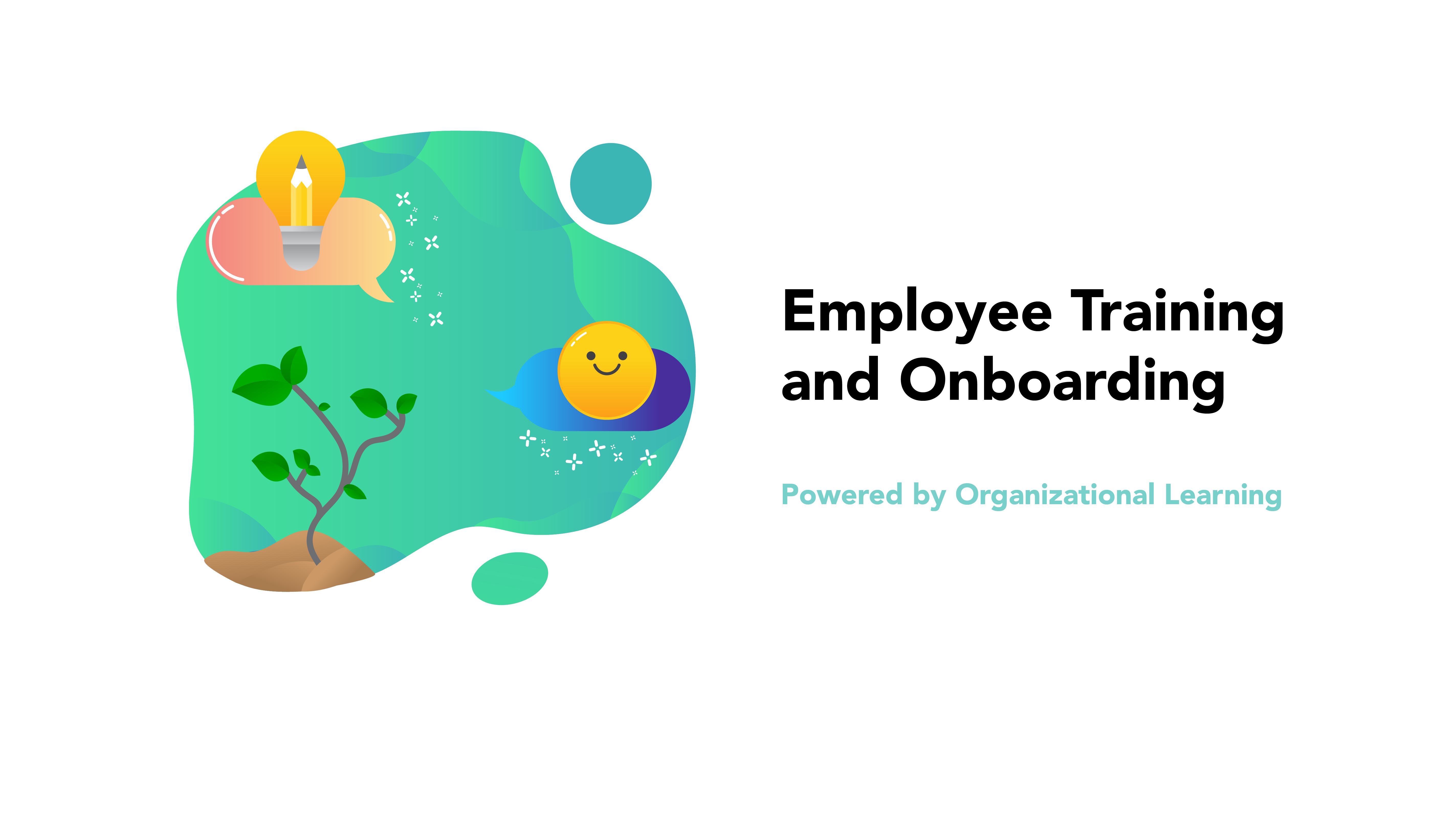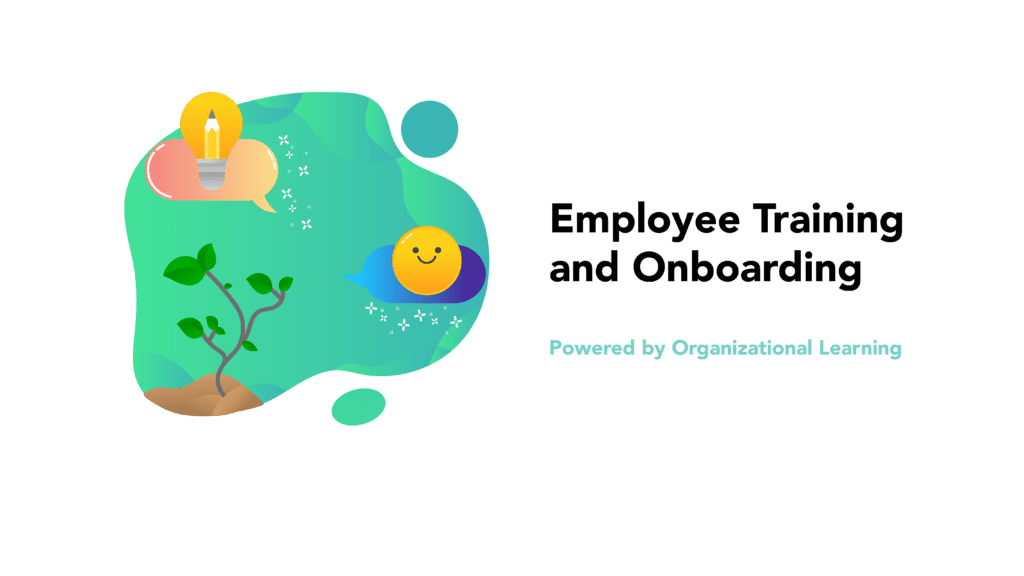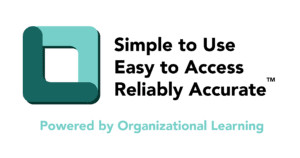A new hire’s journey transitioning into a high performer is often attributed to individual aptitude and motivation – and while these attributes certainly help – organizations can tip the scale with effective onboarding and initial training programs. These programs are not just a series of introductory meetings or a checklist of tasks to complete; they are the foundation for employees to build their careers and future contributions to the company.
The Power of First Impressions: Onboarding as a Foundation
The onboarding process is an employee’s first taste of the company culture and operational dynamics. It sets the tone for their tenure. A well-structured onboarding program does more than introduce the new hire to their job responsibilities. It immerses them in the company culture, aligns them with organizational goals, and establishes a sense of belonging and purpose. This initial phase is crucial in laying a solid foundation for the employee’s future development and performance.
Training: Equipping New Hires with the Tools for Success
Initial training programs empower new hires to perform their roles effectively and with confidence. These programs should be comprehensive, covering not just the technical aspects of the job but also skills like communication, teamwork, and problem-solving. Such training ensures that employees are capable of performing their tasks and are equipped to collaborate with colleagues and contribute to a positive work environment.
Accelerating Performance Through Continuous Learning
Continuous learning opportunities accelerate the transition from a new hire to a high performer. Initial training programs are the starting point of an ongoing learning journey. Regular upskilling and reskilling sessions, mentorship programs, and opportunities for cross-functional collaboration further enhance an employee’s skills and adaptability – even if some upskilling is beyond the scope of their current role. These learning experiences keep employees engaged, motivated, and prepared for complex functions and challenges.
Building Confidence and Competence
Confidence and competence go hand in hand in the evolution of a high performer. Effective training programs provide the necessary knowledge and skills and build the employee’s confidence in their ability to execute their responsibilities successfully. This confidence is further bolstered by positive feedback, recognition of achievements, and constructive guidance in areas of improvement.
Fostering Engagement and Loyalty
Employees who feel valued and invested in are more likely to be engaged and loyal to the company. Onboarding and training programs that are thoughtful, inclusive, and tailored to individual needs demonstrate the company’s commitment to its employees’ success. This investment in their development fosters a deeper connection to the organization, leading to higher job satisfaction, lower turnover rates, and a stronger, more cohesive team.
Well-developed Onboarding and Training Programs are a Win-Win for Employees and Organizations
The transition from a new hire to a high performer is a journey that benefits both the employee and the employer. For the employee, it means growth, skill development, and career advancement. For the employer, it translates into a competent, confident, and committed workforce. Investing in robust onboarding and initial training programs is a strategic move that drives and sustains an organization’s success. By developing talent from day one, companies can unlock the full potential of their workforce.




